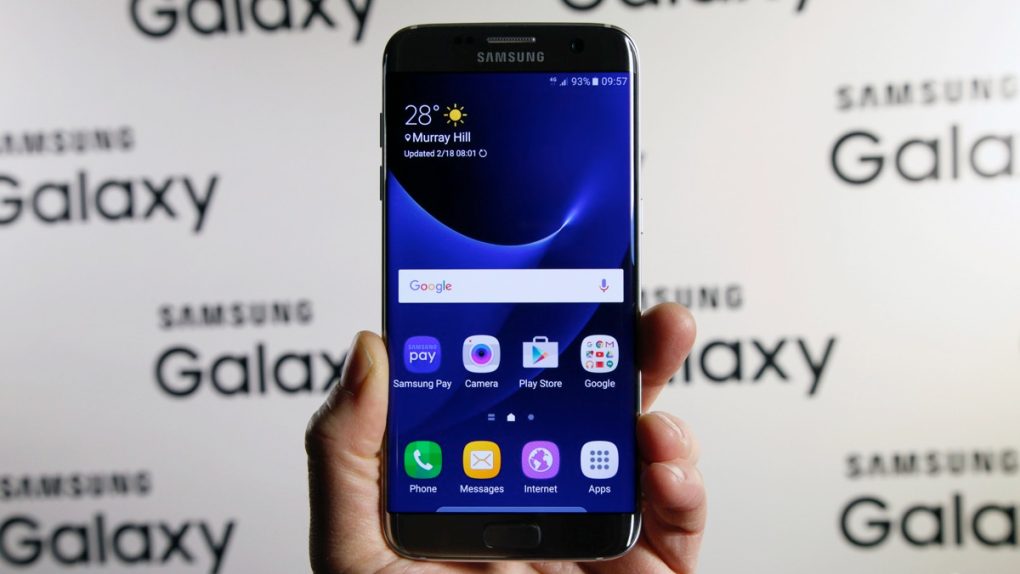If one year for humans is the equivalent of roughly seven years for a dog, how quickly does a smartphone age in a year? Power users and tech enthusiasts often keep a smartphone for only one year before upgrading to a new device, so their phones age almost 80 years in a 12-month span. Meanwhile, people at the other end of the spectrum might use the same handset for four or five years, so one human year might be equal to 16 years for a smartphone. In either case, smartphone age quite quickly, which makes it even more impressive that Samsung managed to convince millions of people to buy its Galaxy S7 and Galaxy S7 edge smartphones during the fourth quarter of 2016.
First launched in early March 2016, the phones were already eight months old heading into the holiday shopping season. But the unprecedented Galaxy Note 7 recall left a gaping hole in Samsung’s holiday lineup, and the company put its marketing budget to work in Q4 to revive its old flagship phones.
Samsung on Tuesday morning reported earnings for the fourth quarter of 2016, posting the third most profitable quarter in the company’s history. Between October and December, Samsung raked in $7.9 billion in operating profit on revenue that totaled more than $45 billion. This might seem curious considering the company’s flagship phone for the second half of the year had to be cancelled, costing the company $2.5 billion in the process, but there were a few factors at play here.
First, the Note series accounts for a very small percentage of Samsung smartphone shipments each year. While the company undoubtedly enjoys higher than average ASPs and margins on its Note phones, it was easily able to make up the volume in the fourth quarter using aggressive Galaxy S7 marketing and buy-one-get-one promotions.
According to one estimate, Samsung shipped about 90 million smartphones in Q4 2016.
The other, bigger factor at play here was remarkable strength in Samsung’s semiconductor business. Samsung’s operating profit from its chip business alone came in at about $4.25 billion, setting a new company record and soaring 77% from the fourth quarter in 2015. Samsung said it expects “stable demand” for semis in 2017.
All in all, Q4 2016 was a huge quarter for Samsung. The Note 7 undoubtedly took a small toll on the company’s performance, but strength in its chip business and effective promotions in key smartphone markets helped keep the damage to a minimum.







